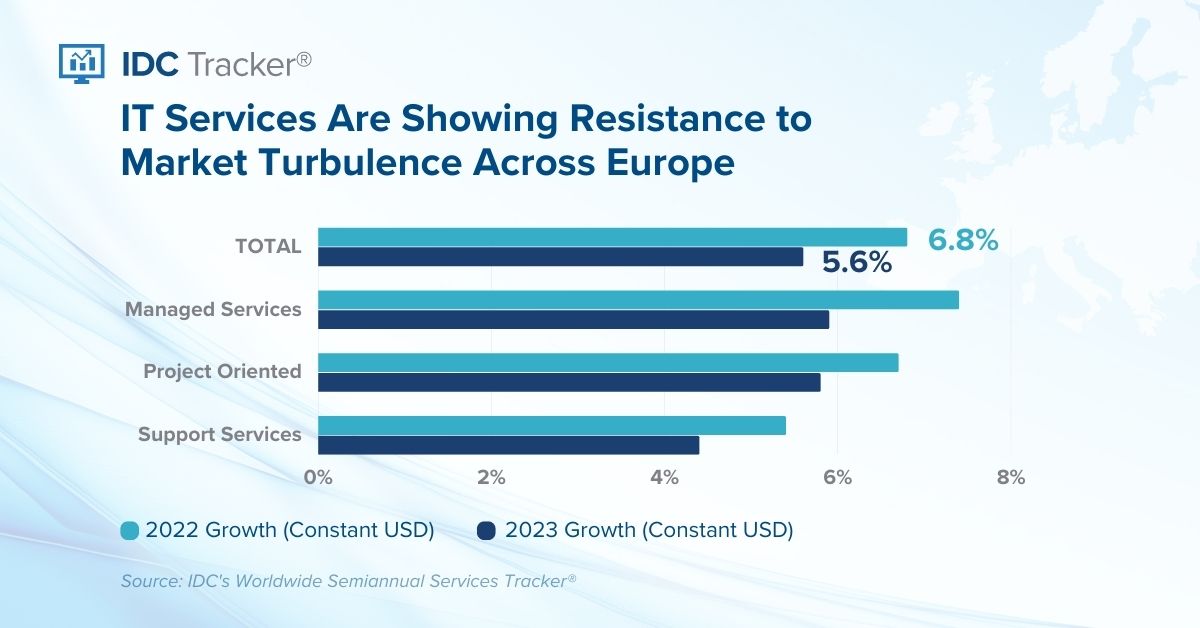
As at the beginning of each year, the leading research institutes publish reports and forecasts. This is an opportunity to take stock of the professional WLAN market, worldwide sales of WiFi equipment and the role of operators in the connectivity challenges facing businesses.
In 2023, the adoption of WiFi 6/6E will continue despite the economic and environmental context, driven in particular by the massive increase in video traffic:
The Maravedis Institute predicts that WiFi 7 will arrive faster than initially planned (standardisation expected in May 2024) with the possible announcement of the first compatible smartphones at the Mobile World Congress at the end of February. The future standard promises an explosion in data rates (x 2.4) and lower latency, in line with the increasingly bandwidth-hungry use of the Internet.
It is clear that in 2023, more than ever, the Internet will continue to revolutionise our daily lives, both for the flex office with the rise of teleworking and videoconferencing, and for leisure activities with major advances (virtual reality, augmented reality or 8K video streaming). At the same time, digital technology is an increasingly important source of energy consumption at a time when we are facing an unprecedented energy crisis.
The latest update of the "Semiannual IT Services Tracker" report published by IDC at the end of 2022 showed that IT services spending in 2023 is expected to show resilience despite the global economic environment. Managed services will continue to be the fastest growing part of the ITS market in Western Europe, mainly due to digitalisation and security initiatives. IDC also confirms this market momentum with the growth in sales of business WiFi equipment. In the third quarter of 2022, access point sales reached $2.6 billion (+34.3% versus 2021).

But why are outsourced managed services the answer to business challenges?
These Stories on Wifi
A leader in innovative WiFi and Fibre connectivity solutions since 2002, Wifirst is trusted by thousands of customers across Europe to provide high-quality, robust networks.